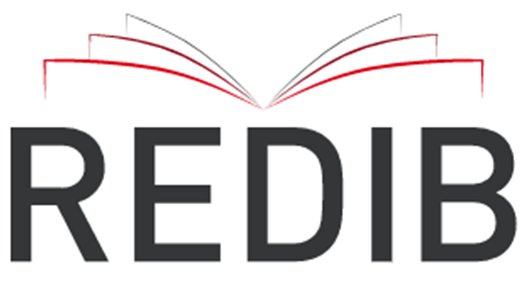SOCIOESPATIAL GAMEGRAPHY: FROM POETICS TO CRITICISM
DOI:
https://doi.org/10.5016/geografia.v48i1.16522Abstract
To understand socio-spatial gamegraphy, a link was woven between poetic language and scientific language. Thus, the hermeneutics of the game configures a notch for Chess and Space. In doing so, it meets the Miltonian phenomenology of space, which corresponds to the gamegraphy through four dialectics: form and structure (spatial), function and process (temporal), and two that cross space-time, between form and function and structure and process—constituting a de-re-totalization through dialectical process and form. Thus, chess is situated in its archetypes of social representation: the pieces (the movement of materiality), the players (the classes close to the issue), the spectators (intellectuals and/or revolutionaries) and the referee (capitalism). However, another game is possible: consciousness, which is time, can modify the gamegraphy by functions and processes, reformulating the content of the game and transforming it. In reference to the socio-spatial totality, another game is projected that can oust inequality in this chess class struggle.
Downloads
Published
Issue
Section
License
Copyright (c) 2023 GEOGRAFIA

This work is licensed under a Creative Commons Attribution 4.0 International License.
The authors maintain the copyright and grant GEOGRAFIA the right of first publication, with the articles simultaneously licensed under the Creative Commons BY 4.0 License, which allows sharing and adapting the articles for any purpose, as long as appropriate credits and provisions of image rights, privacy or moral rights. Other legal attributions can be accessed at: https://creativecommons.org/licenses/by/4.0/legalcode.en.
Geography, Rio Claro, SP, Brazil - eISSN 1983-8700 is licensed under the Creative Commons BY 4.0 License.





